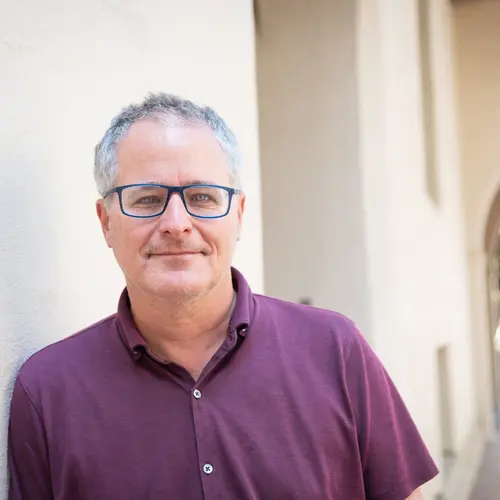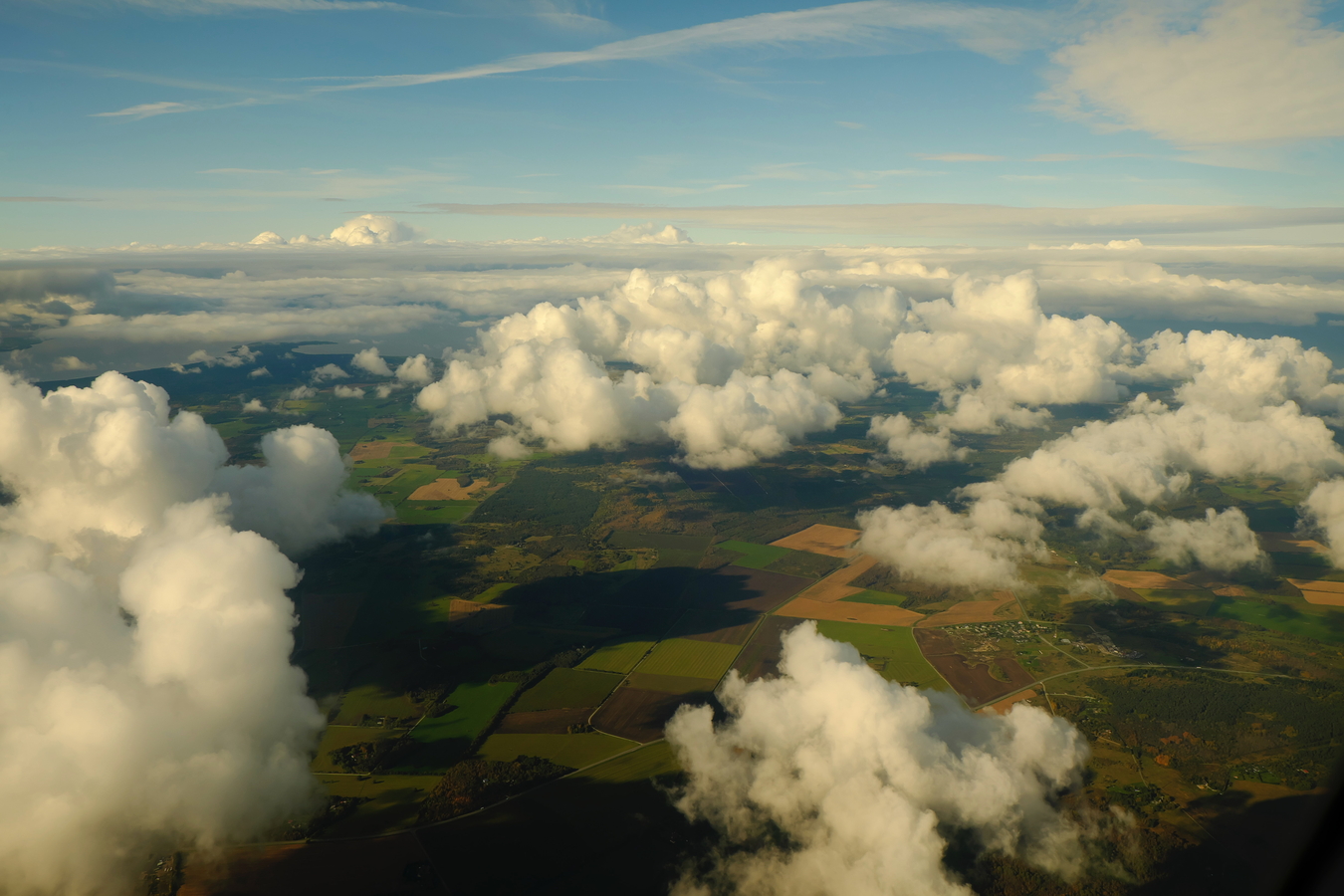
Bio
Paul grew up on a small farm in Waterbury Center, Vermont. He spent a lot of time in agricultural pursuits, including harvesting hay and making maple syrup. He also played a lot of bassoon. His high school math teacher suggested he go to Oberlin College, and so he did. After completing a degree in chemistry in 1985, He tried his hand at public health (somewhat of a family business). He found, however, that he didn't enjoy dealing with the public (around health) and so returned to science. His Ph.D. study with Jim Anderson was a long, drawn-out, and totally enjoyable affair -- he started out working in the laboratory on kinetics of gas-phase radicals (with Phil Stevens, Darin Toohey, and Jon Abbatt) before being drawn into the field. He worked with Rick Stimpfle and Larry Lapson on a crazy experiment measuring the hydroxyl radical (OH) abundance in the stratosphere by laser-induced fluorescence (imagine a battery-powered, copper-vapor laser pumping a dye laser all dangling from a helium balloon at 30 km altitude). Three long summers in Palistine, Texas, was not punishment enough, and so he began a new project (together with Ron Cohen and Tom Hanisco) to measure OH from NASA's ER-2 aircraft. He learned that planes are much better than balloons for doing this science. He also learned just how important great engineering and technical staff are (thank you Norton Allen, Joe Demusz, Nate Hazen, Larry Lapson, and Jim Oliver). Finally, he received my Ph.D. in Physical Chemistry in 1994. He also met my wife, Cheryl, during this time (in a laundry mat, of all places). After a few years hanging on at Harvard (during which his daughter Janna was born), he moved to Caltech. He quickly learned that Caltech is an awesome place to be a scientist. He continued to work on aircraft instrumentation as well as new efforts to measure atmospheric composition from the ground (TCCON) and from space (OCO, and the ill-fated MATMOS) (and daughter Emma joined his family). Paul has had many fantastic students and postdocs work with him -- please see their individual pages on the group research page. Paul also serves as the director of Caltech's Linde Center for Global Environmental Science, whose central goal is to provide quantitative, process-based understanding of the Earth and its interactions with humanity.
